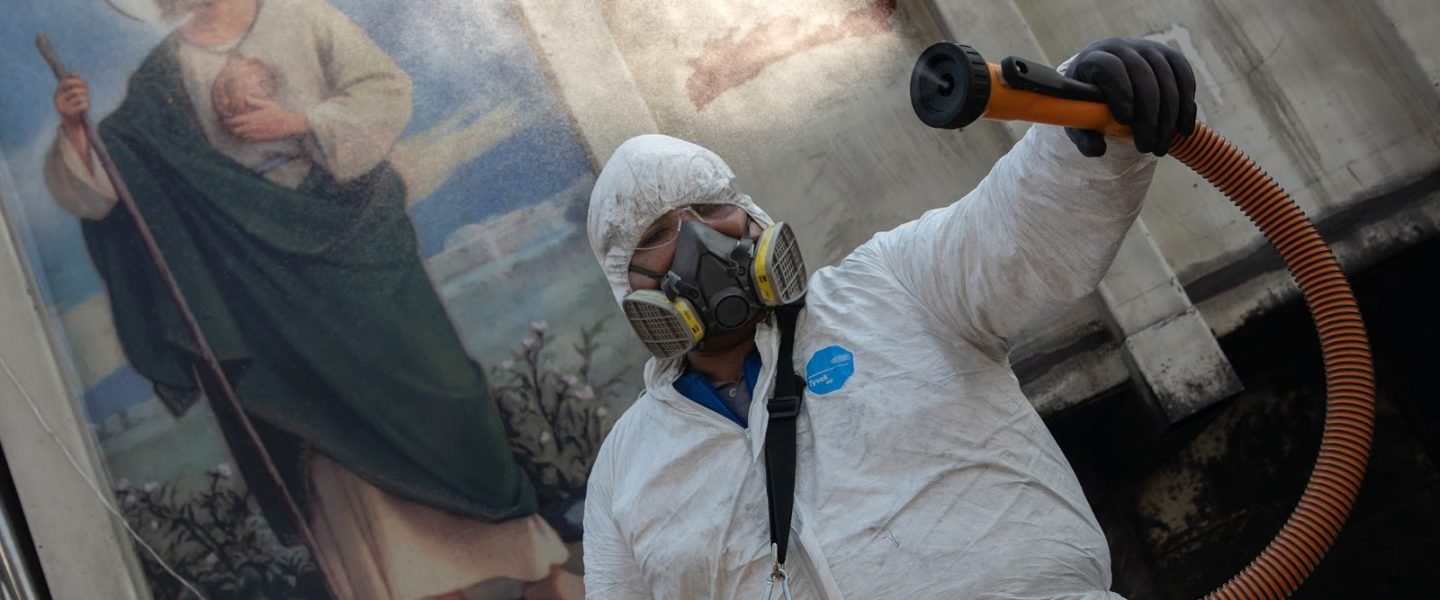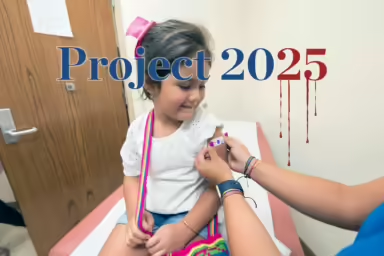Now a country with the third highest COVID-19 death rate in the world, Mexico faces an increasing demand for vaccinations without a working distribution plan.
With 2,166,290 government-confirmed cases, 194,710 confirmed deaths as of March 15, and the third-highest death toll (behind the US and Brazil), Mexico is one of the deadliest coronavirus hotspots in the world. The country’s COVID-19 deaths have surpassed even those of India — a nation with a population 10 times the size of Mexico’s.
But the number of deaths may be much higher, with several reports challenging the government’s estimate thus far. According to the National Institute of Statistics and Geography (INEGI), in the first seven months of the pandemic there were 44.9 percent more coronavirus-related deaths than were reported by the Ministry of Health.
Although Mexico was the first country in Latin America to receive doses of the COVID-19 vaccine, health experts, citizens, and foreign observers have all criticized the execution of their distribution plan as slow, inefficient, and disorganized. This, along with an insufficient number of vaccine doses and mask mandates in only nine of Mexico’s 32 states, exacerbated an already dire situation.
Health care workers started receiving the vaccine on December 22, and according to the Guardian, complained that administrators had received the vaccine first. Registration via the official government website launched disastrously on February 2 with repeated site crashes, delays, and no help for people who encountered problems.
“There’s no strategy,” Xavier Tello, a health care analyst, told the Guardian. “It’s been nothing but a series of random plans.”
As of March 14, Mexico has received 6.4 million vaccines from a range of companies, including Pfizer-BioNTech, AstraZeneca, Sinovac, and Russia’s state-sponsored Gamaleya Research Center, and has administered 4.2 million doses. Additionally, Mexico is currently in the second stage of their vaccine plan, which vaccinates those remaining medical personnel who were not yet vaccinated in stage one and those 60 and older.
The rest of the stages in the country’s vaccine plan are as follows: residents ages 50 to 59 will be vaccinated between April and May (Stage 3), those ages 40 to 49 will be vaccinated between May and June (Stage 4), and the rest of the population will receive the vaccine between June 2021 and May 2022 (Stage 5).
In regard to reopening strategies, Mexico currently operates under a “traffic light” color-coding system that was adopted in June 2020 as a way to track the condition of each state during the government’s efforts to reopen the country. A map of the country is updated weekly and consists of four colors that indicate the severity of the pandemic and which activities are safe.
-
- Green: All activities are allowed and schools may reopen.
- Yellow: All businesses are allowed to operate without restrictions, but with basic preventive measures and maximum safety measures for vulnerable groups.
- Orange: Nonessential businesses are allowed to operate with 30 percent of their personnel. Businesses should provide maximum safety measures for vulnerable groups. Open public spaces may operate at a reduced capacity.
- Red: Only essential activities are allowed.
Currently, eight states are “high risk” orange and 21 states are yellow. Most notably, Sonora turned green this week, joining Chiapas and Campeche. This is the second week in a row with no states designated red.



